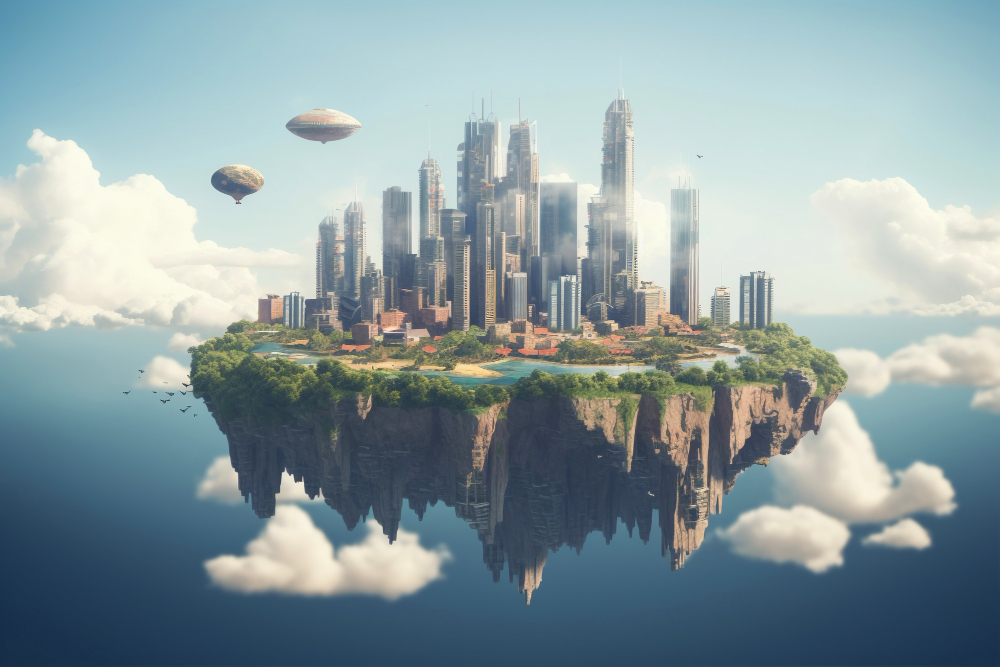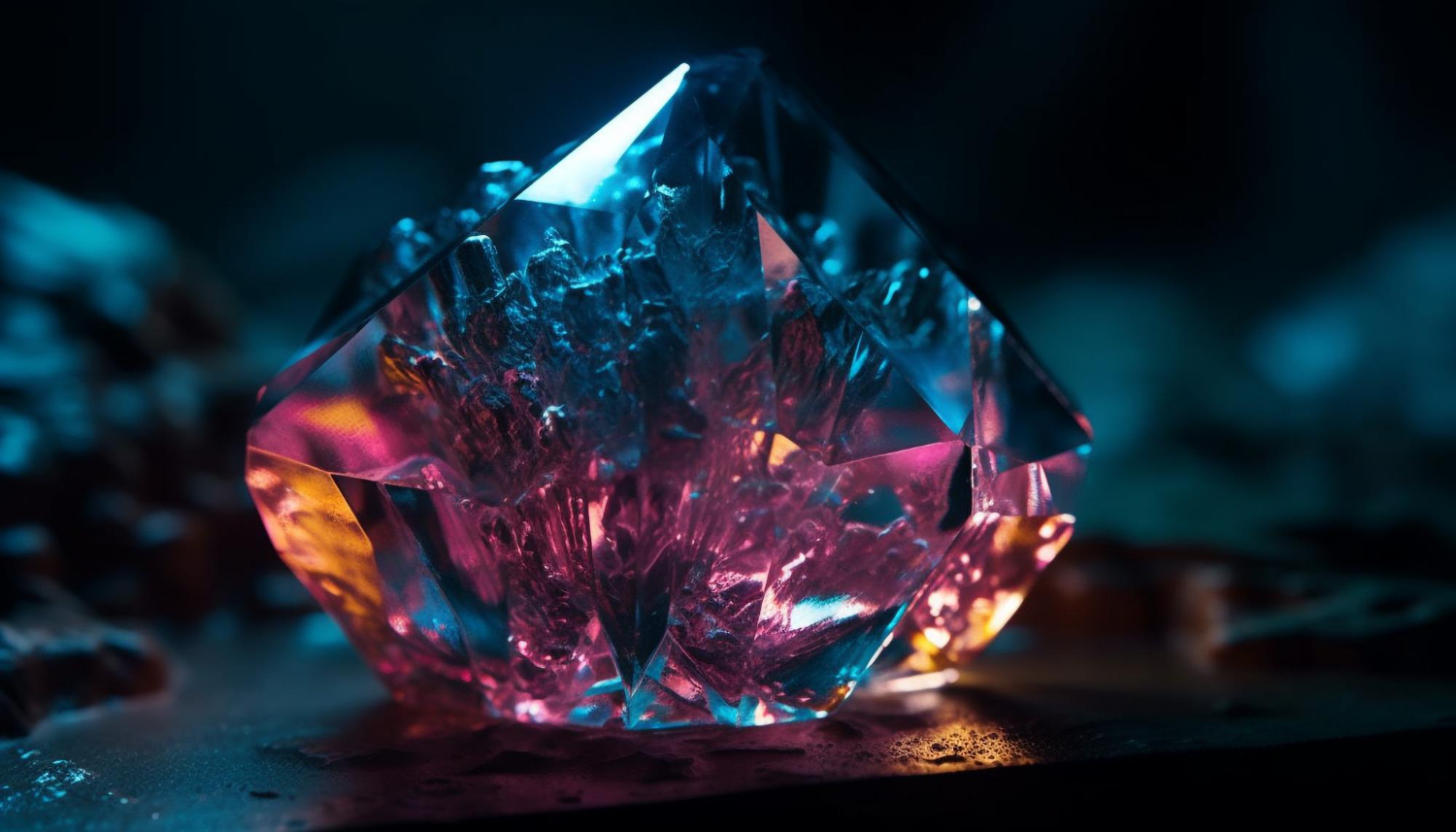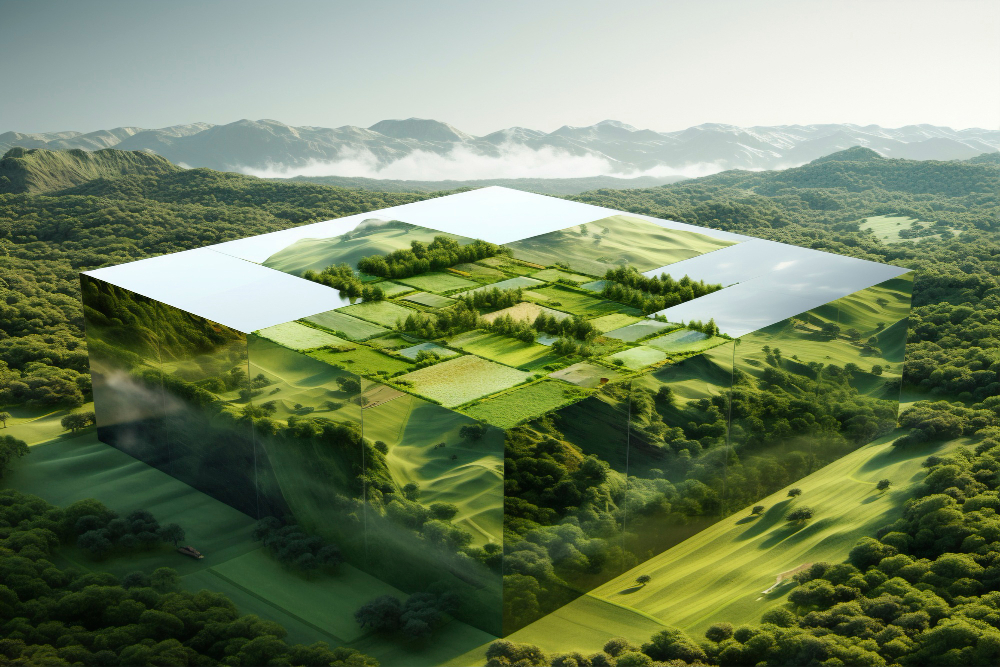Demystifying RWA Tokenization: Transforming Real-World Assets Through Blockchain
In the realm of modern finance, a quiet revolution is underway thanks to the tokenization of Real World Assets (RWA). This transformation, made possible by blockchain technology, opens new vistas by digitally representing tangible assets such as real estate, artwork, precious metals, and more. In this article, we will delve deep into what RWA are, why they are crucial, and how blockchain and tokenization are reshaping them.
What is RWA Tokenization?
RWA Tokenization is the process of converting tangible assets existing in the physical world, such as real estate, industrial equipment, commodities, and more, into digital tokens. Traditionally, these assets were relatively illiquid, often challenging to divide and trade. However, with the advent of blockchain and token technology, it is now possible to represent these assets in digital form, making them divisible, traceable, and tradeable on decentralized platforms. This transformative process enables greater accessibility, liquidity, and transparency for real-world assets, unlocking new possibilities for investment and financial innovation.
Why are RWAs Important?
RWAs play a crucial role in the global economy by representing a significant portion of tangible wealth. Tokenization of RWAs brings several significant advantages:
- Increased Accessibility: Tokenization allows a larger number of investors to access assets traditionally reserved for large financial institutions.
- Enhanced Liquidity: By transforming real assets into digital tokens, the liquidity of these assets is significantly increased, enabling faster and more efficient transactions.
- Portfolio Diversification: Tokenized RWAs offer investors the opportunity to diversify their portfolio by including tangible assets, thereby reducing risks associated with traditional financial market volatility.
- Transparency and Traceability: Through blockchain, transactions involving tokenized RWAs are transparent and immutable, offering complete traceability of ownership and transactions.
How Blockchain and Tokenization Transform RWAs
Blockchain and tokenization fundamentally transform how RWAs are issued, traded, and managed. Here are some of the most significant changes:
- Asset Fractionalization: RWAs can be divided into smaller fractions, allowing a larger number of investors to participate in their ownership.
- Process Automation: Blockchain-based smart contracts automate processes such as dividend distribution, rent payments, etc., thereby reducing costs and administrative delays.
- Accessible Global Markets: Tokenized RWAs can be traded 24/7 on decentralized platforms, opening up new markets and investment opportunities globally.
Conclusion
In conclusion, the tokenization of RWAs is revolutionizing how real-world assets are issued, traded, and managed. Through blockchain, investors now have access to a wider range of investment opportunities, while asset owners benefit from increased liquidity and more efficient processes. As this technology continues to mature, we can expect to see increasing adoption of tokenized RWAs in the global economy, paving the way for a new era of decentralized finance.





